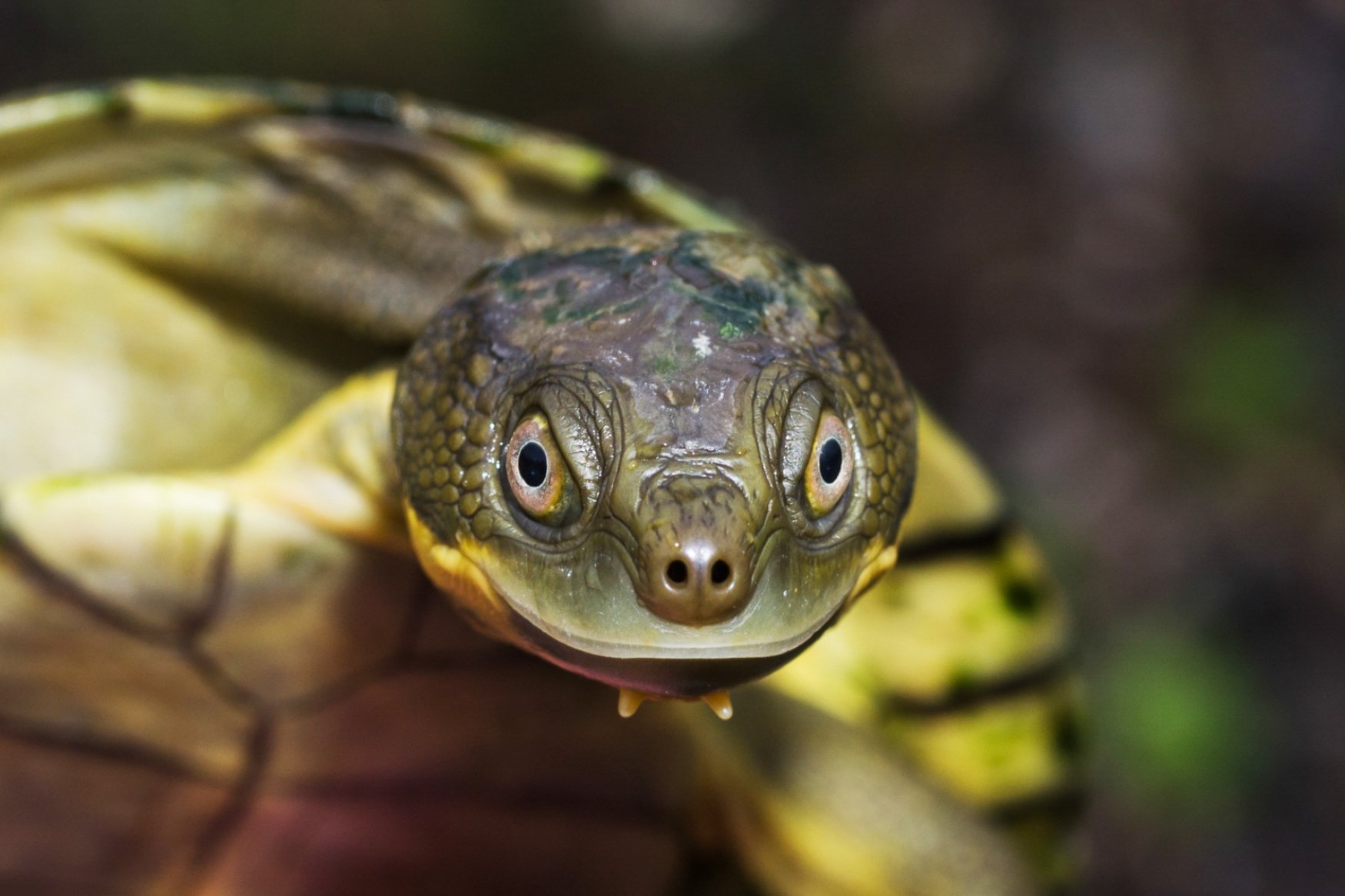How do you identify the turtles of the Bellinger and Kalang Catchments?
The Bellingen Riverwatch Steering Committee has released a new resource to help community members to identify any turtles that they’ve seen locally, including the critically endangered Bellinger River Snapping Turtle.
There are three freshwater turtles known from the Bellingen area - the Eastern Long-necked Turtle, the Murray River Turtle and the critically endangered Bellinger River Snapping Turtle (BRST).
Firstly, there is no need to pick the animal up to identify it and it is never recommended to do so. Instead, there are four simple questions to ask to help tell these three turtles apart from each other.
The critically endangered Bellinger River Snapping Turtle is endemic to this area.
Image - Shane Ruming
The Eastern Long-necked Turtle lives in the Kalang River, in the Bellinger River (including downstream of Lavenders Bridge at Bellingen), in creeks and dams and on land, away from water, often crossing roads. The Murray River Turtle lives in the Bellinger River (mostly upstream of Lavenders Bridge at Bellingen), in the Kalang River, and is not usually seen on land unless basking or laying eggs and even then it will remain close to the water. The Bellinger River Snapping Turtle lives in a 60km stretch of the Bellinger River.
It is not ever recommended that you capture a turtle or pick it up, especially if it looks sick. However, if you find a sick or dead turtle on our rivers, please call Enviroline on 02 6659 8200.
Bellingen River Snapping Turtles have been successfully bred at Taronga Zoo Sydney and Symbio Wildlife Park since 2007, with several successful reintroductions into the wild.
Image - Paul Fahy
Bellingen Riverwatch is one of the largest water monitoring programs in Australia, which sees more than 60 community members working together with the scientific community to collect long term water quality and macroinvertebrate data, undertake river restoration activities and communicate information to support the protection of our rivers and ecosystems for future generations.



